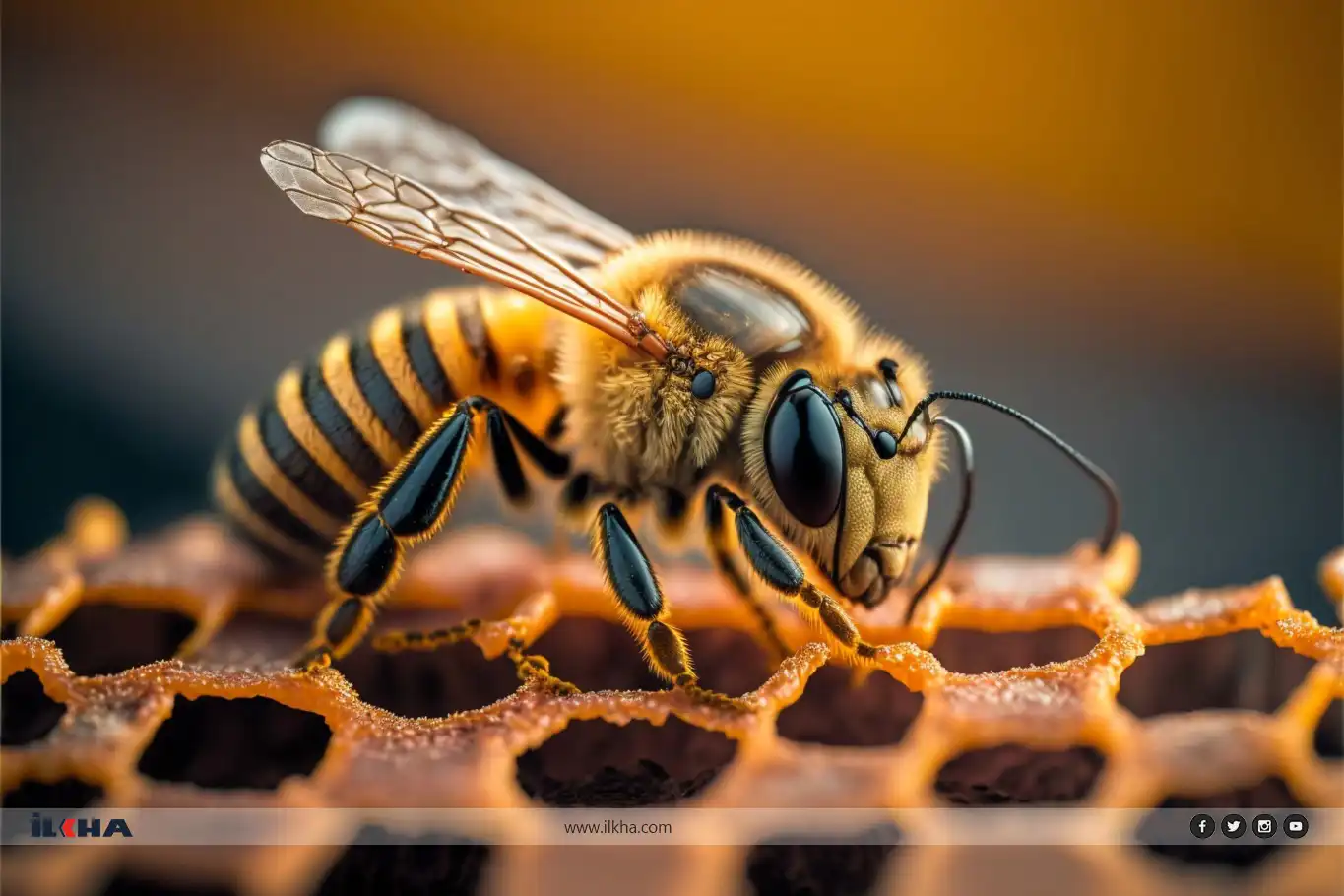Artificial Bee Colony algorithm: Mimicking nature to solve complex optimization problems


A nature-inspired algorithm from Türkiye is transforming the way scientists and engineers tackle complex computational problems.
The Artificial Bee Colony (ABC) algorithm, developed by Prof. Dr. Dervis Karaboğa in 2005, is modeled on the intelligent foraging behavior of honey bees and is now used worldwide in fields ranging from engineering to data science.
Prof. Dr. Karaboğa described ABC as “Türkiye’s national algorithm,” highlighting its importance in the country’s scientific history. “The ABC Algorithm is one of the scientific discoveries from Türkiye that has had the greatest impact on the world, after Behçet’s disease, which was described by Hulusi Behçet in 1937,” he said, emphasizing the algorithm’s global significance after a 20-year journey of development.
Speaking to young scientists, Karaboğa delivered a strong message about the importance of scientific and technological strength: “If we are not strong in science and technology, we will suffer oppression. The world is full of examples of this. I want our young people to continue working with responsibility and confidence.”
How the ABC Algorithm Works
The ABC algorithm mimics the natural behavior of honey bees in foraging for nectar. “Bees need to find the most efficient flowers to bring the maximum amount of honey to the hive in the shortest possible time. This is essentially a pure maximization problem,” explained Karaboğa. “We took this natural intelligence and transformed it into a computational system. Today, ABC has become a scientific ecosystem used all over the world.”
The algorithm divides artificial bees into three groups to simulate natural behavior:
Employed bees, which explore known solutions and share findings.
Onlooker bees, which assess and choose promising solutions based on shared information.
Scout bees, which explore new potential solutions randomly.
Candidate solutions are treated as “food sources,” with higher-quality solutions representing richer nectar. Bees continuously update their memory, balancing exploration of new possibilities with exploitation of known successful solutions.
One of ABC’s major advantages is its simplicity. Unlike many complex optimization methods, it requires only a few parameters, such as colony size and maximum cycles, while remaining highly effective in high-dimensional problem spaces.
Applications Across Industries
The Artificial Bee Colony algorithm has been successfully applied across a wide range of fields. In engineering and design, it is used to optimize structures, mechanical components, and electrical systems. In robotics, the algorithm improves path planning and navigation in dynamic environments. In telecommunications, it helps optimize routing and resource allocation within networks. In finance, ABC supports portfolio optimization and predictive modeling, while in energy systems, it enhances efficiency in power generation and distribution.
Researchers are also exploring hybrid ABC models, combining it with particle swarm optimization, genetic algorithms, and artificial intelligence frameworks for improved performance. Adaptive ABC versions, which adjust parameters dynamically, are being developed for changing or uncertain environments.
A Global Scientific Ecosystem
Experts say ABC represents a major step forward in bio-inspired computing. By replicating the collective intelligence and adaptive strategies of honey bees, the algorithm provides a flexible, efficient, and scalable approach to solving some of the most challenging optimization problems in modern science and technology.
With its proven versatility and compatibility with emerging AI systems, the ABC algorithm is poised to become a cornerstone of computational optimization, demonstrating how insights from nature can drive technological innovation. (ILKHA)
LEGAL WARNING: All rights of the published news, photos and videos are reserved by İlke Haber Ajansı Basın Yayın San. Trade A.Ş. Under no circumstances can all or part of the news, photos and videos be used without a written contract or subscription.
Scientists may have observed dark matter directly for the first time, thanks to data collected by NASA’s Fermi Gamma-ray Space Telescope, a discovery that could shed light on one of the universe’s greatest mysteries.
OpenAI has introduced a major redesign of ChatGPT, combining voice and text features into a single interface that allows users to switch naturally between speaking and typing without changing modes.
China successfully launched the Shenzhou-XXII spacecraft on Tuesday, marking another major milestone in the country’s rapidly advancing crewed space program.